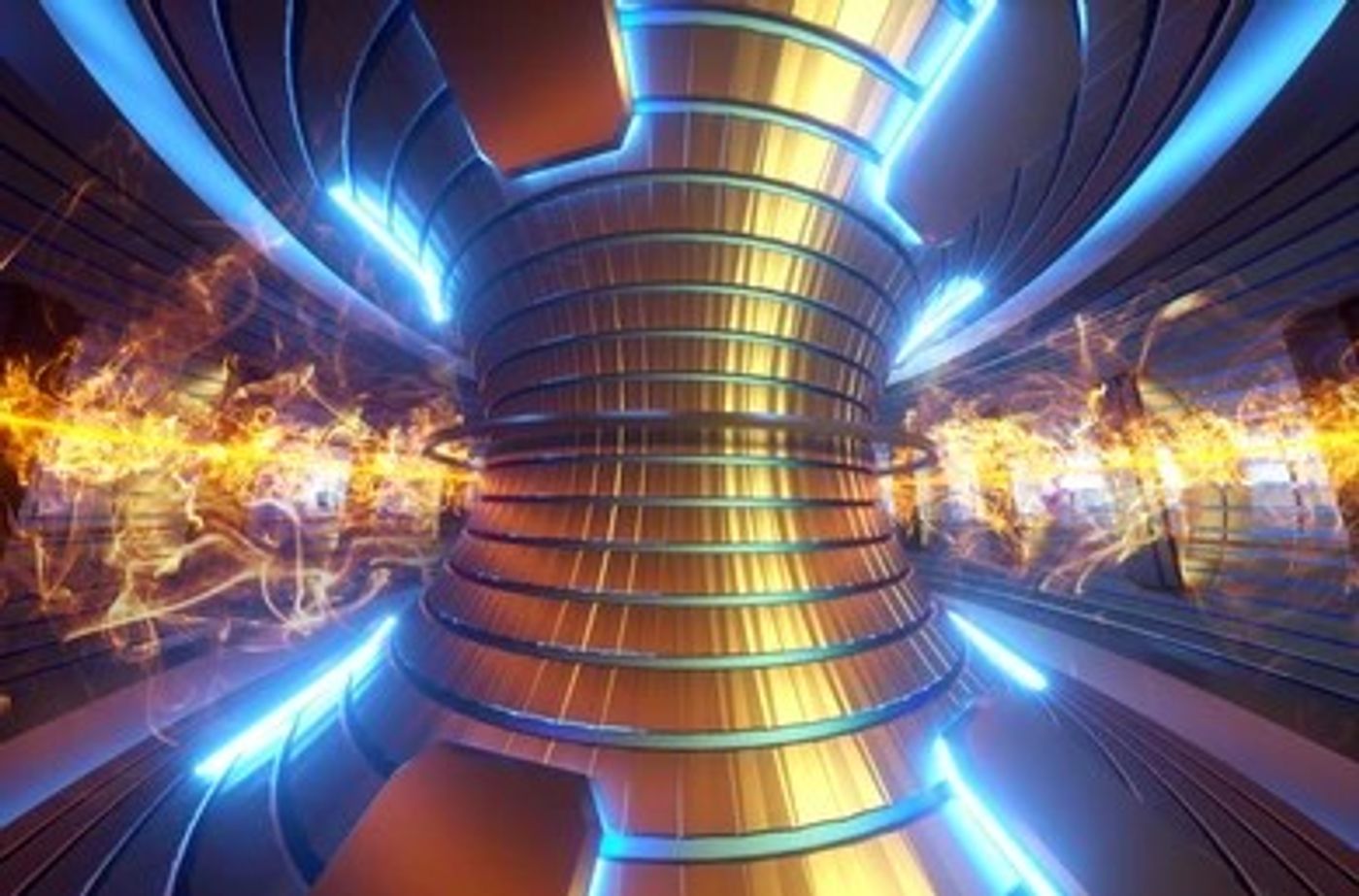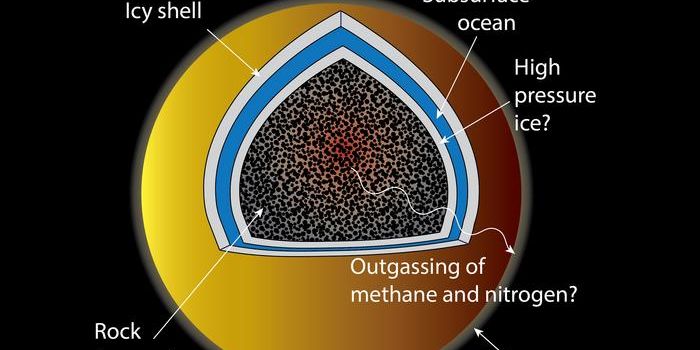A new feedback system could improve fusion reaction efficiency
We’ve all heard about nuclear fusion at least once in our lives, and probably because we’ve been 10 years away from it for the last 50 years. We’re told it’s a clean energy and will replace fossil fuels completely. But what exactly is nuclear fusion, and what steps have scientists taken to achieve it?
Simply put, nuclear fusion is the process by which two light atomic nuclei combine to form a single heavier one while releasing massive amounts of energy. Fusion reactions take place in a state of matter called plasma — a hot, charged gas made of positive ions and free-moving electrons that has unique properties distinct from solids, liquids and gases. Nuclear fusion is the power of the Sun and nearly all stars in the universe. It’s the process of getting a large output of energy after inputting a small amount of energy. But what steps are scientists taking to make nuclear fusion a reality?
In a recent study published in Physics of Plasma, scientists at the U.S. Department of Energy's (DOE) Princeton Plasma Physics Laboratory (PPPL) have refined the use of magnetic fields to improve the performance of doughnut-shaped fusion facilities known as tokamaks. The improved technique protects internal parts from damage by instabilities called "edge-localized modes" (ELMs) and allows tokamaks to operate for longer without pausing.
"Our main result is that we showed that our technique can suppress ELMs while maximizing plasma performance," said Ricardo Shousha, a graduate student in the plasma control group in Princeton University's Mechanical and Aerospace Engineering Department who is affiliated with PPPL and is the lead author of the study.
The researchers used the Korea Superconducting Tokamak Advanced Research (KSTAR) facility to study conditions under which the center of plasma becomes especially hot and dense. This desirable state, known as H-mode, can occur when there is a sharp separation between the center and the colder edge; scientists want the plasma to be in H-mode because it produces more efficient fusion reactions. But because the temperature and density of the two regions are so drastically different, ELM instabilities form along the boundary, much as thunderstorms can form where hot and cold fronts meet. Those instabilities can cause spurts resembling solar flares, gigantic burps of plasma that erupt from the surface of the sun.
When these events occur in tokamaks, they can damage the inner walls and components, requiring the machine to shut down for repairs. The risk is even higher for ITER, the multinational tokamak being built in Cadarache, France to prove the feasibility of fusion as a large-scale and carbon-free source of energy, since that device will create plasma that has vastly more heat and power than current tokamak plasmas do.
The scientists plan to refine their system so it can detect signals that herald the coming of the ELMs so the magnets can start preventing them before they arise. "The idea is if we can detect these precursor signals quickly, we can take action before the imminent ELM appears and potentially prevent it," Shousha said.
As always, keep doing science & keep looking up!
Sources: International Atomic Energy Agency, Physics of Plasma









